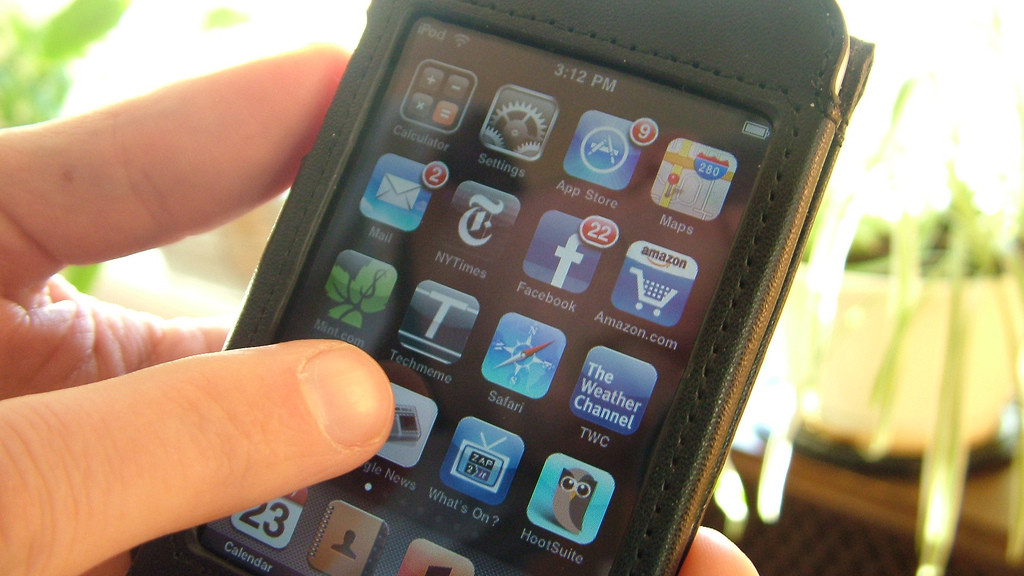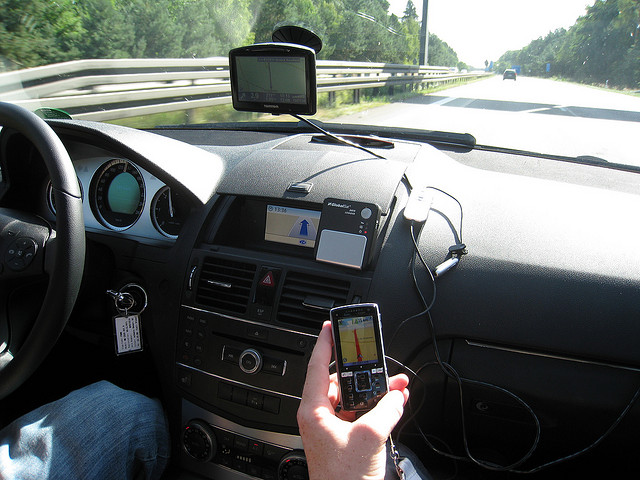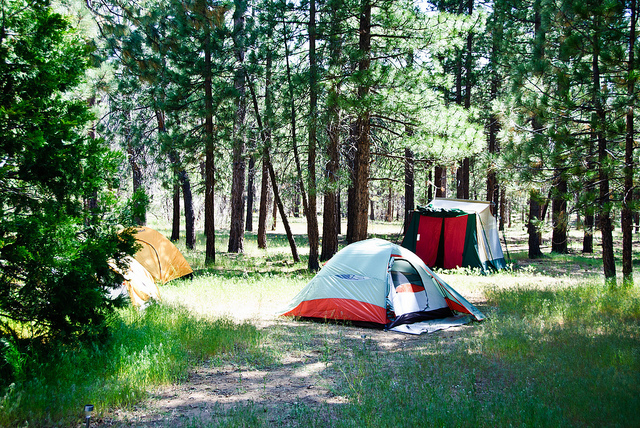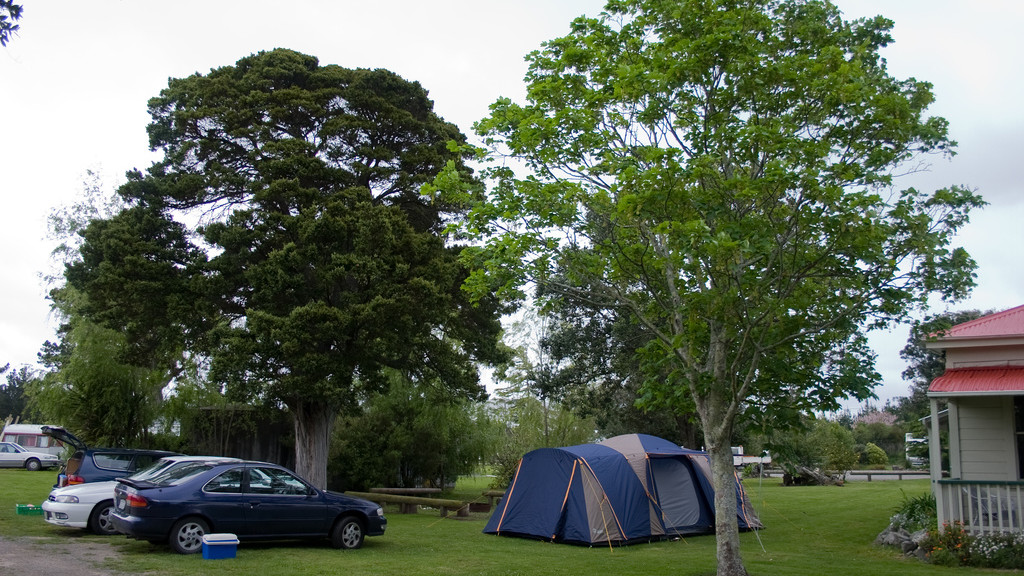1. Dropbox
There are lots of cloud storage options out there, but Dropbox is clean, simple and requires virtually no effort to use.
– There are a ton of uses. For example, it will allow you to just plug your phone into your computer and have all your precious photos automatically uploaded to the cloud, plus you can choose whether a local copy to kept on your computer.
– If you want to share a photo with someone, like grandparents, you can just share the dropbox link to the photo rather than messing around the email attachments.
– You can also put documents in “shared folders” when you need people like your accountant to have access to some of your documents.
2. Your Bank’s App
Your bank’s app will allow you to take photos of checks you’ve received and submit them to your account, rather than needing to go to the bank. This saves both time and money. Bonus!
3. Price Check by Amazon
The Price Check by Amazon app allows you to scan any barcode and check the Amazon price. Combined with Amazon Prime (Moms can get a free 3 month trial), you’ll be able save both time and money. If you have to rush to the store to get something last minute, scan the barcode of the item you’re buying. If it’s cheaper and/or easier on Amazon, order a backup so you won’t need to run to the store next time.
You could also just can the barcode of any purchases you make to see if those items would be cheaper on Amazon.
There is also another app called Red Laser that will check prices beyond Amazon. It works the same – you just scan the barcode of any item. Sometimes it’s easier to just deal with Amazon, and the goal here is simplicity.
The Amazon price check app also makes it super easy to add the exact product you want to your Amazon cart.
photo credit: ilamont.com via photopin CC









